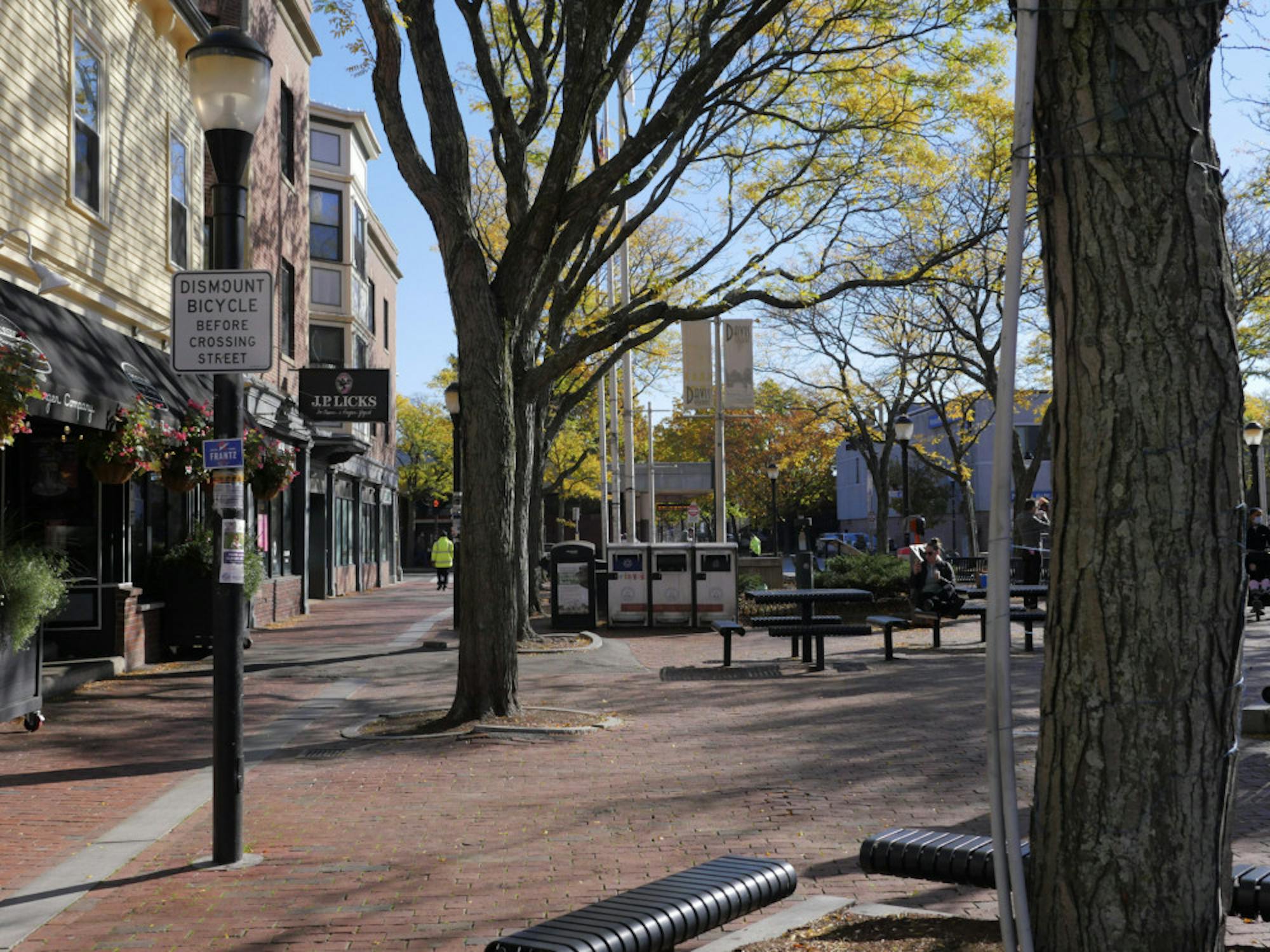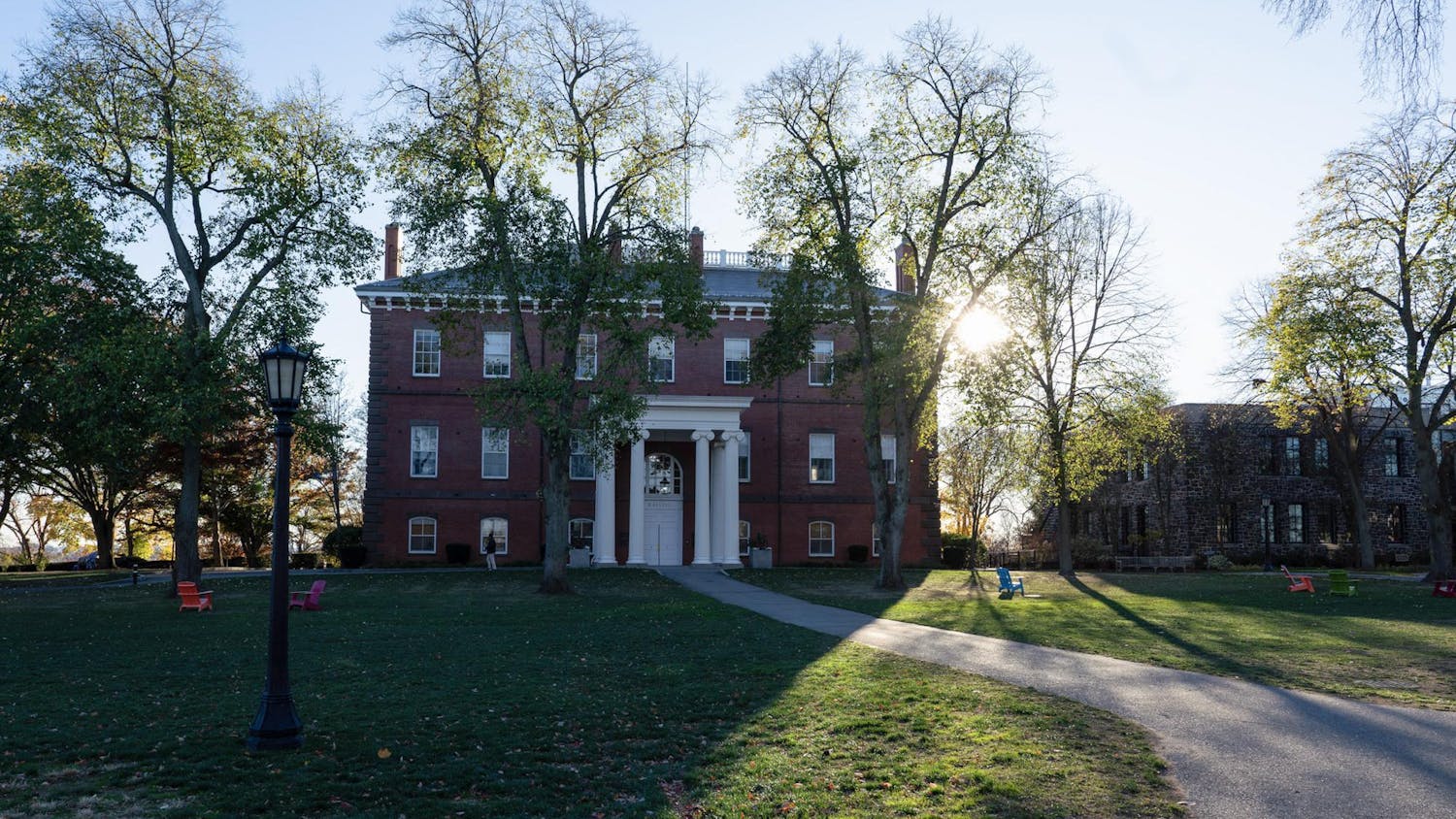For the first time in the city’s history, Somerville will let its residents decide how to spend a portion of the city budget next year. Mayor Katjana Ballantyne has set aside $1 million of the city’s $293-million fiscal year 2023 budget for participatory budgeting, a method designed to fund small-scale community improvement projects while engaging locals — particularly those from historically marginalized communities — in the political process.
Participatory budgeting originated over 30 years ago in Porto Alegre, Brazil and has since been replicated in thousands of cities worldwide — including the neighboring City of Cambridge, which piloted its program in 2016 and is currently completing its ninth cycle of PB.
Every municipality handles the process a bit differently, but it typically begins with the solicitation of project proposals from residents by city officials or volunteers. After this outreach and idea-generation period, residents get to vote on their favorite proposals, which the local government is responsible for implementing. Most municipalities encourage all of their residents to vote, regardless of their age or citizenship status. Somerville aims to complete the participatory process and implement the chosen projects by summer 2023.
"My administration is committed to lifting up the voices of Somerville residents, and participatory budgeting gives both residents, and community based organizations, a new way to engage with the municipal budget process,” Ballantyne wrote in a statement to the Daily, adding that a small portion of the $1 million earmark will go towards administering the new budget program, while the vast majority will be allocated by community members.
Since the scale of most participatory budgeting programs — including Somerville’s — is small relative to a city’s total budget, the projects that get funded tend to be one-time capital investments like adding a water fountain to a public park, resurfacing a public basketball court or buying new tech for a public school district. Done right, PB can improve daily life in a community while simultaneously giving its residents a sense of agency in local governance.
“The primary goal is … next summer to see these projects in the community, coming to life,” said Megan Huckenpahler, the city budget analyst helming Somerville’s participatory budgeting effort. “But … a broader goal that's maybe harder to quantify is increased civic engagement. So [I hope] we can get folks involved with the city, thinking about how they'd like their local government to be allocating funding — particularly from groups who have been historically disenfranchised. Getting folks who may not already be engaged with their local government to … think of an idea that they get passionate about, and then they continue to volunteer with the city or join a board or commission because of this.”
Participatory budgeting isn’t without its flaws, and many cities’ attempts to execute it have failed. A 2022 report by the nonpartisan think tank the Brennan Center for Justice found that while some cities — most notably New York City — have continued to expand their PB programs each year, others have been forced to shut them down due to insufficient funding for staff and outreach, low engagement and voter turnout, and a sense that participants’ time was being wasted designing low-stakes projects.
Somerville city officials are committed to designing a PB process that is equitable and avoids these pitfalls. Huckenpahler has convened a group of volunteers to serve on the city’s Participatory Budgeting Working Group, which meets weekly to discuss what participatory budgeting should look like in Somerville and how to maximize community engagement throughout the process.
“There’s a lot of collaboration with Communications, the Office of Immigrant Affairs, and Racial & Social Justice on how to best conduct outreach and meet residents where they already gather in the community, build trust, and adapt as we go,” Huckenpahler wrote in an email to the Daily.
Huckenpahler struggled to find a group of volunteers that reflected the diversity of Somerville as a whole and extended the Working Group application deadline, hoping “to be able to make a meaningful selection.”
“We are still underrepresented in terms of Somerville’s communities of color,” she wrote. “Within the folks we selected there was a lot of passion from this group about getting involved in their community, budgeting [and] democracy.”
At a Nov. 17 meeting, Somerville’s Director of Racial and Social Justice Denise Molina Capers made a presentation to the Working Group about effective outreach strategies for disenfranchised communities. Capers reminded Working Group members that most people in Somerville don’t know what participatory budgeting is or how it is relevant to their lives.
“Your first assumption is that people understand how taxes work,” Capers explained to the committee. “The second assumption is that people care about how taxes work, or even have time to care. The third assumption is that people understand the language behind all of that and the municipality’s [inner] workings. The [fourth] assumption is that people can answer the question, ‘What's in it for me?’”
Somerville’s Working Group is drawing inspiration from Cambridge’s eight-plus years of participatory budgeting during the design stage. Jackson Price, budget analyst and participatory budgeting coordinator for the City of Cambridge, said that in-person community outreach has been essential for engaging a diverse group of Cambridge residents in the process.
“We’ve conducted targeted door-to-door outreach in predominantly Black, Brown, immigrant, and low-income communities,” Price wrote in an email to the Daily. “We have worked with non-profits, neighborhood associations, and partners embedded in local communities to promote PB across different neighborhoods.”
Price added that Cambridge’s Budget Department translates informational resources about participatory budgeting into Spanish, Haitian Creole, Bengali, Amharic, Chinese, Arabic, Portuguese and more languages that are commonly spoken in the area in an effort to include as many residents as possible.
Price also shared that between 7,200 and 7,600 people have voted in each of Cambridge’s previous three participatory budgeting cycles — about 6% of the city’s 2021 population of 117,000.
Mayor Ballantyne attended the Somerville Working Group’s Dec. 1 meeting to hear from its members about how they became interested in participatory budgeting.
“My wife and I moved here 10 years ago ... and now we've been here 10 years and we have kids,” Klaus Schultz, one of the Working Group volunteers, said. “I’ve been wanting to participate in local government and this, if I'm honest, this committee provided an opportunity that I thought would actually work for me.”
“The budgeting part isn't as important to me as the participation part,” Rachel Mead, another volunteer, said. “In large part because I don't feel that $1 million is — I don't want to say meaningful, I think it is in many ways and it can be to many people — but it's not a make-or-break part of our city's budget. But I think if people get a taste for participating in city government, then this will maybe inspire them to be a part of inclusive leadership.”
Another volunteer, Bob Fischer, spoke to the Daily about why he joined the Working Group. Fischer, who is 64 years old, lived in Somerville and attended church here as a child, then moved back eight years ago. He sees the participatory budgeting initiative as a means of fostering dialogue and mutual care between members of his community.
“There's a physicist, long dead, called David Bohm who came up with this idea of dialogue. It's how, instead of me here and you over there, how do we think together? How do we create thinking space between us so that we're thinking together about something, and we're willing to let go of our assumptions?” Fischer explained. “And so that's part of what I'm hoping for is that there’s this shift in focus away from separateness and more togetherness — and the only way that that ever happens is through some kind of public discourse.”
Fischer plans to continue volunteering on this project beyond the completion of the design phase, but he said he won’t be satisfied unless he sees it through to completion.
“What I realized is I know the people in my building. I know the people up and down the street. … But for the most part, I have zero idea of the community that I’m really in,” Fischer admitted. “And so I'm both excited and anxious about some of the outreach stuff because I literally don't know who my peers are inside of the city.”






